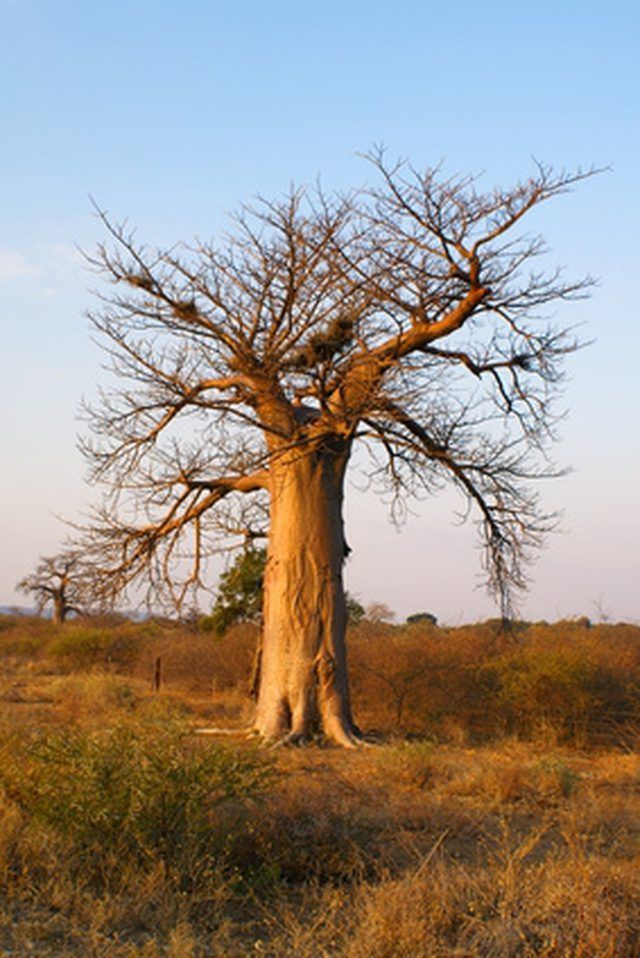Bulbs
Flower Basics
Flower Beds & Specialty Gardens
Flower Garden
Garden Furniture
Garden Gnomes
Garden Seeds
Garden Sheds
Garden Statues
Garden Tools & Supplies
Gardening Basics
Green & Organic
Groundcovers & Vines
Growing Annuals
Growing Basil
Growing Beans
Growing Berries
Growing Blueberries
Growing Cactus
Growing Corn
Growing Cotton
Growing Edibles
Growing Flowers
Growing Garlic
Growing Grapes
Growing Grass
Growing Herbs
Growing Jasmine
Growing Mint
Growing Mushrooms
Orchids
Growing Peanuts
Growing Perennials
Growing Plants
Growing Rosemary
Growing Roses
Growing Strawberries
Growing Sunflowers
Growing Thyme
Growing Tomatoes
Growing Tulips
Growing Vegetables
Herb Basics
Herb Garden
Indoor Growing
Landscaping Basics
Landscaping Patios
Landscaping Plants
Landscaping Shrubs
Landscaping Trees
Landscaping Walks & Pathways
Lawn Basics
Lawn Maintenance
Lawn Mowers
Lawn Ornaments
Lawn Planting
Lawn Tools
Outdoor Growing
Overall Landscape Planning
Pests, Weeds & Problems
Plant Basics
Rock Garden
Rose Garden
Shrubs
Soil
Specialty Gardens
Trees
Vegetable Garden
Yard Maintenance
Savanna Plant Adaptation
Savanna Plant Adaptation. Although definitions vary somewhat, savannas typically refer to landscapes dominated by grasses and widely spaced trees. This can mean the iconic tropical savannas of eastern and southern Africa, or temperate-zone open woodlands of pine or oak. Wherever their location, savanna plants exhibit unique adaptations.

Although definitions vary somewhat, savannas typically refer to landscapes dominated by grasses and widely spaced trees. This can mean the iconic tropical savannas of eastern and southern Africa, or temperate-zone open woodlands of pine or oak. Wherever their location, savanna plants exhibit unique adaptations.
Fire
Many of the world's savannas exist partly or wholly because of fire, whether sparked by lightning or intentionally set by human beings. In the Intermountain West of North America, ponderosa pine forms savannas and open woodlands between steppe and higher conifer forests, partially maintained by wildfire. The old, thick-barked pines withstands many blazes, while seedlings readily colonize fresh-burnt territory.

Grazing Pressure
Many savanna plants deal with heavy grazing pressure, as in certain savannas of the world, tropical versions in Africa and India for example, a great diversity of grazing and browsing mammals exist. Savanna grasses often afford to be munched to the soil, resprouting leaves from their subterranean growing points.

Moisture Stress
Plants in both tropical and temperate savannas often contend with moisture limitations. Many tropical savannas experience annual dry seasons where rainfall is scant or nonexistent. In Africa, the baobab, a common tree of savannas and open woodlands, only leafs out during the rainy season. Many grasses reserve energy underground during the dry season, only greening when the rains come.
